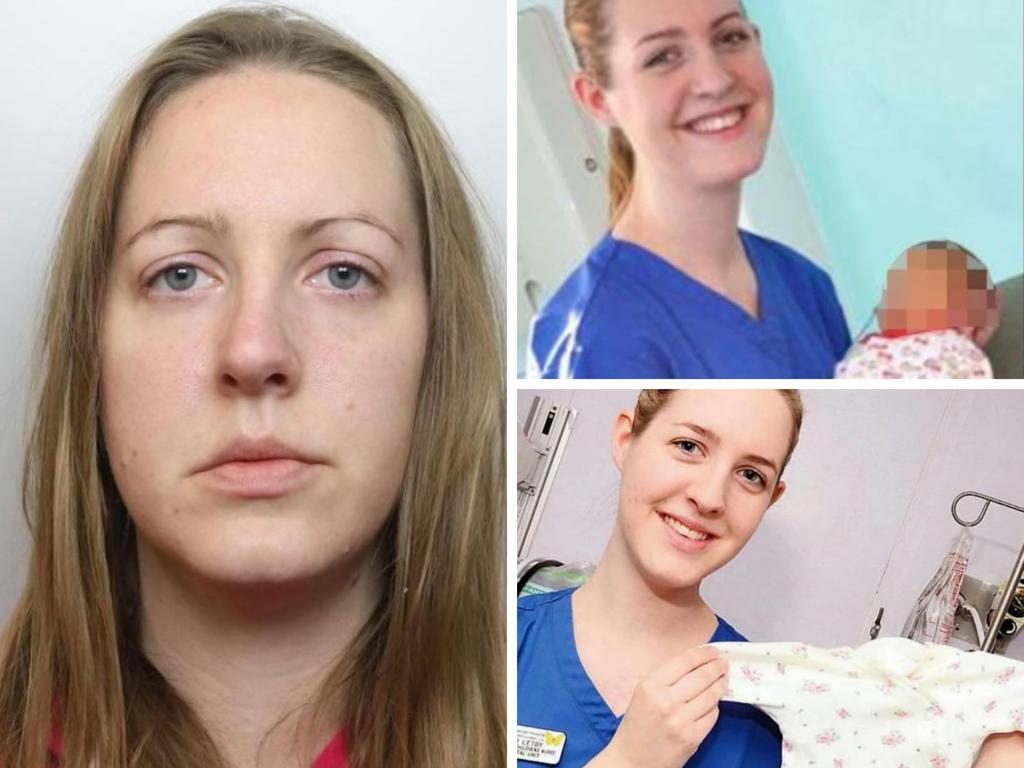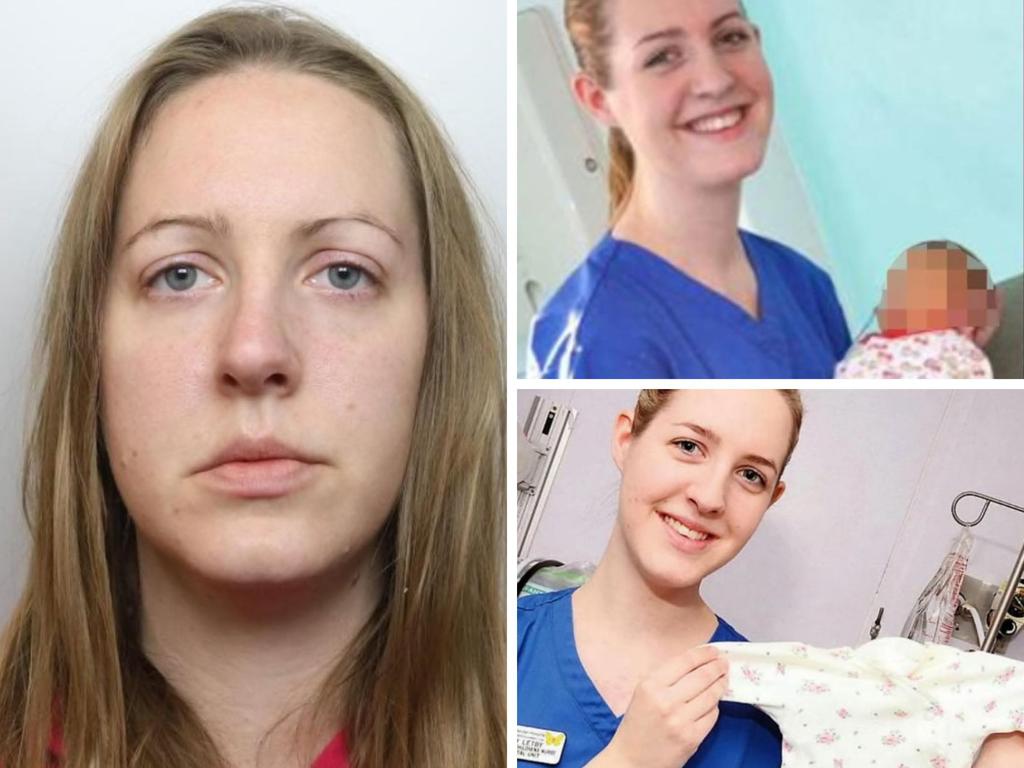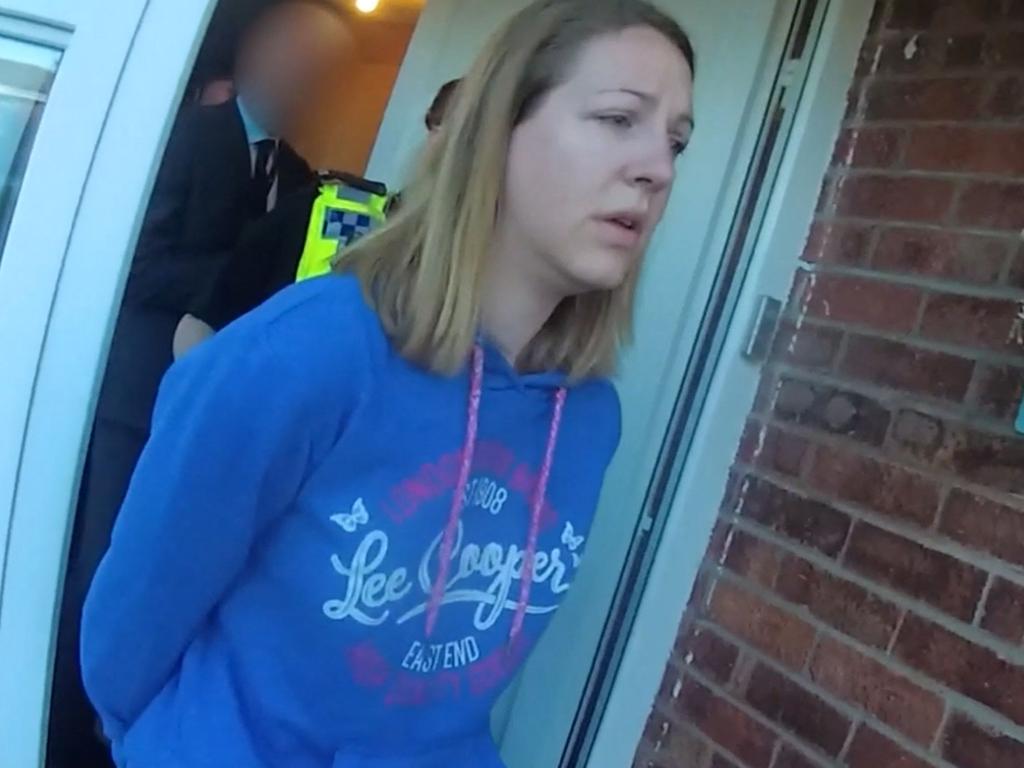Lucy Letby’s lawyer presents alternative diagnoses for victims
A panel of experts offers new explanations for the infants’ deaths, claiming to have found evidence of flaws in the prosecution’s case that prove the former nurse’s innocence.
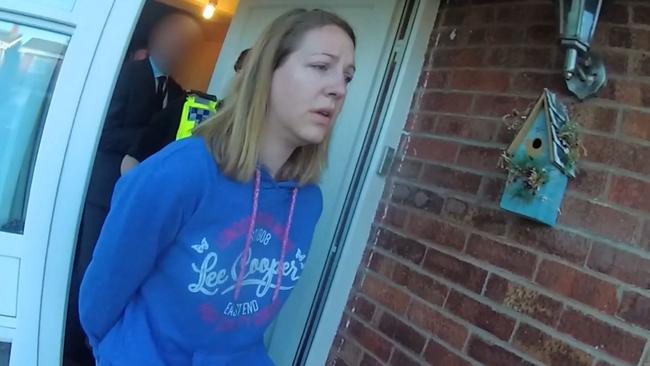
A dossier containing alternative diagnoses for Lucy Letby’s victims has been handed to the miscarriages of justice watchdog by the former nurse’s lawyer.
Mark McDonald delivered the full findings of an international panel of 14 neonatologists and paediatric specialists to the Criminal Case Review Commission (CCRC) yesterday (Thursday). He claimed the dossier revealed significant flaws in the evidence used to convict the former nurse and would clear Letby’s name.
The group concluded that poor medical care and natural causes were the reasons for babies collapsing at the Countess of Chester Hospital neonatal unit, not deliberate harm by Letby.
Also being passed to the CCRC, which investigates potential miscarriages of justice, is a separate 86-page report from seven doctors who claim the evidence used to convict the former nurse of poisoning babies with insulin was misleading.
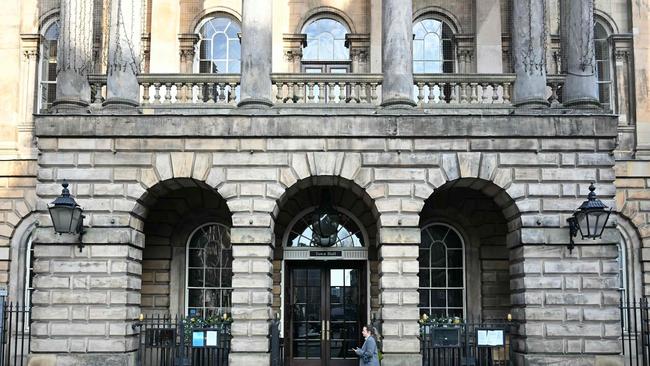
The two insulin cases were presented as the strongest evidence of deliberate harm at the ten-month trial, where jurors were told there could be “no doubt that these were poisonings”. They were told that if they could be sure those babies were attacked, then they could use that to inform their decision on other charges against Letby.
However, Letby’s new legal team said in a detailed analysis that the evidence supporting insulin poisoning in Child F and Child L was unreliable and that the jury had been “misled” about aspects of these cases.
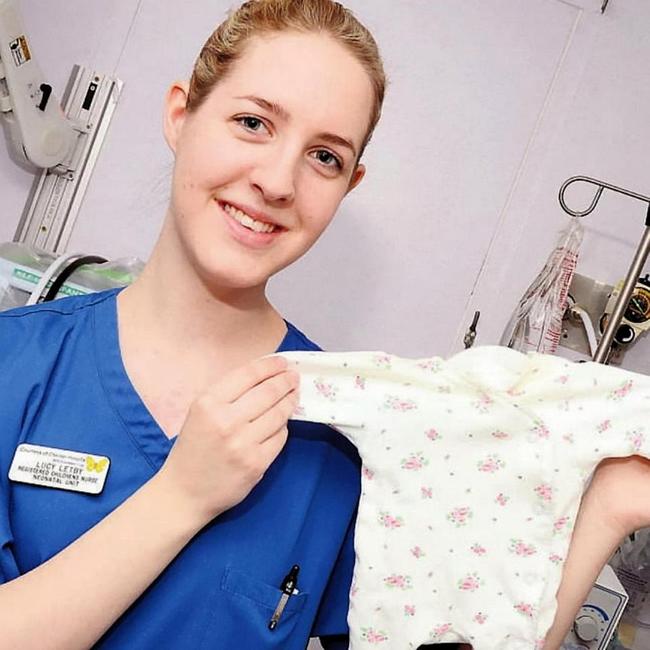
Letby, 35, from Hereford, is serving 15 whole-life orders after she was convicted across two trials at Manchester crown court of murdering seven babies and attempting to murder seven others, with two attempts on one of her victims, between June 2015 and June 2016.
“These experts have spent hours going through the notes of the transcripts and have found nothing - no crime was committed,” McDonald said. “This is such strong evidence that the CCRC will have no choice but to refer this to the Court of Appeal, and they need to do it quickly.
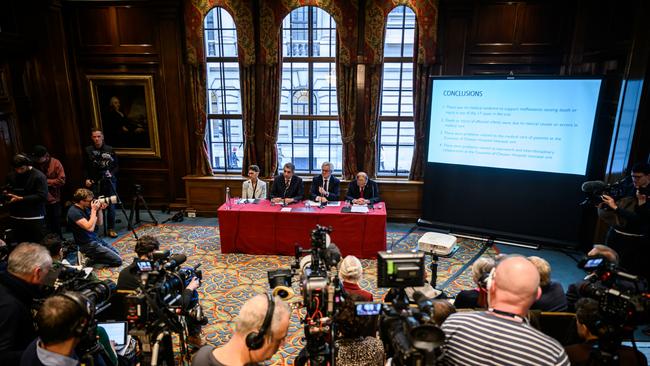
“This is the equivalent of finding DNA in a case where someone has been convicted of an alternative suspect. It reaches that level.”
In February, the CCRC started reviewing concerns about the prosecution’s case after receiving a summary report from Letby’s legal team.
In March, lawyers for the families of Letby’s victims rubbished the international panel’s findings as “full of analytical holes” and “a rehash” of the defence case from the trial.
Letby lost two bids last year to challenge her convictions at the Court of Appeal: in May for seven murders and seven attempted murders, and in October for the attempted murder of a baby girl which she was convicted of by a different jury at a retrial.
The mother of Child C told the Thirlwall inquiry into Letby’s crimes: “The media PR campaign aimed to garner public sympathy for Letby demonstrates a complete lack of understanding for Letby’s crimes and the complexity of the case.
“The misinformed and inaccurate media circus surrounding this case, our son and the other babies is potentiating the distress of all of the families involved.”
Cheshire police, who are continuing a review of deaths and non-fatal collapses during Letby’s time working at both the Countess of Chester and the Liverpool Women’s hospitals, said much of the criticism of the former nurse’s convictions was “ill-informed”. Detective Superintendent Paul Hughes, the senior investigating officer, said: “This case has been rigorously and fairly tested through two juries and subsequently scrutinised by two sets of appeal court judges.”
The Times


